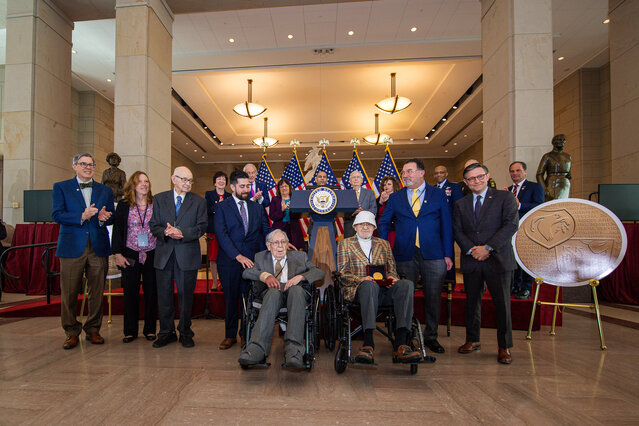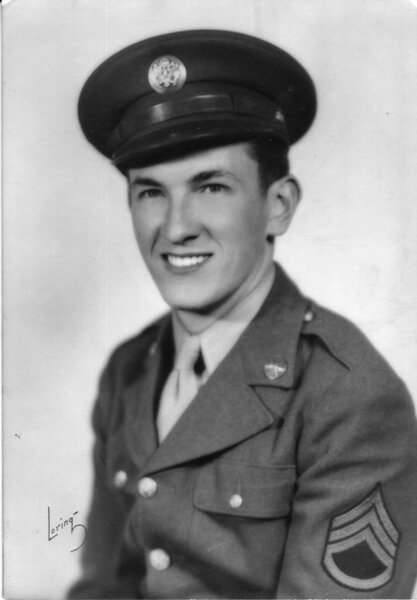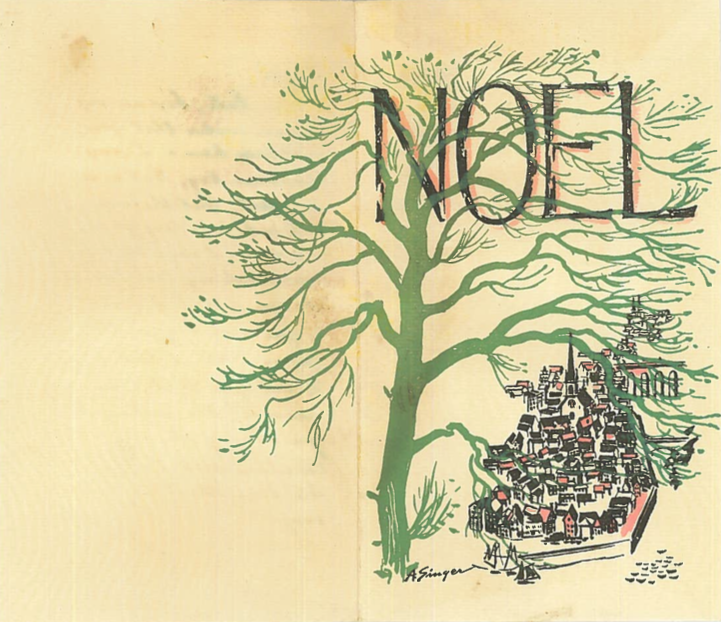The Ghost Army used inflatable tanks, sound effects, radio trickery and imagination to fool the Germans on the battlefields of Europe. The unsung heroes of the 23rd Headquarters Special Troops and the 3133rd Signal Company Special carried out 25 battlefield deceptions in France, Luxembourg, Belgium, Germany and Italy. They saved thousands of lives and helped win the war, but their efforts were kept secret for fifty years and were only recently officially recognized with the award of a Congressional Gold Medal.


